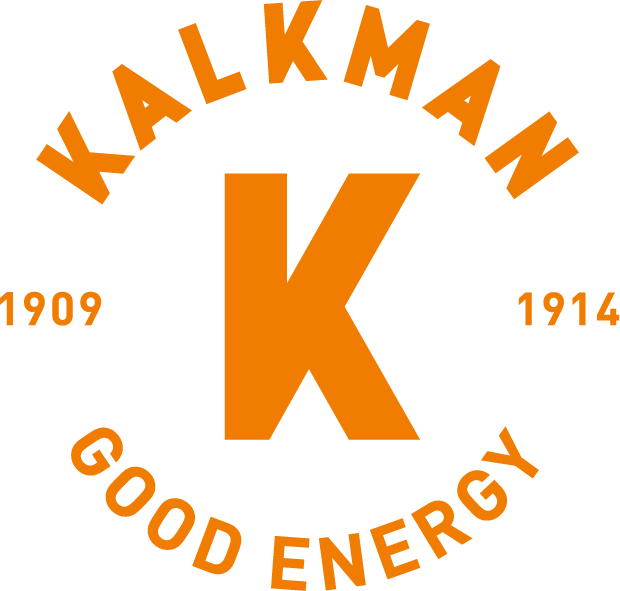
How do natural sport drinks perform in extreme heat? We did a test.
The Netherlands, like much of northern Europe experienced a heatwave in mid August 2022 (https://www.knmi.nl/nederland-nu/klimatologie/lijsten/hittegolven ). In the Netherlands this is defined by the KNMI as when temperatures in De Bilt reach more than 25 degrees centigrade for 5 days with three of those days reaching 30 degrees. Most people were trying to work out how to stay cool, I had other ideas. This weather would be ideal for an experiment…
A long ride in temperatures over 30 degrees would be the perfect test for some natural sport drink ideas that we had been working on at Kalkman. I had the opportunity to be picked up in Drente, about 200kms from Breukelen, on one of the hottest days so put a plan together. I prepared 5 different recipes, calculated a schedule for drinking en route and dug out my refractometer to measure my hydration.
Ah yes, the refractometer. I chose measuring my urine specific gravity as the most practical way to monitor my hydration status during the ride. It is one of the methods used by sports scientists for experiments (https://www.ncbi.nlm.nih.gov/pmc/articles/PMC1323420/) A refractometer (https://en.wikipedia.org/wiki/Refractometer) is an optical device that measures the concentration of a solution. Your urine becomes more dilute as your hydration increases and the concentration of your urine decreases, giving a lower refractometer reading.

What did I drink? Well our research at Kalkman showed that we need three things from a drink if it is going to support hydration and performance: water, electrolytes and carbohydrates. We covered electrolytes in another blog (https://kalkman.cc/blogs/verhalen/wordt-vrienden-met-elektrolyten ) but essentially we need sodium, potassium and ideally some of the other electrolytes to replace what we lose during exercise. Sodium and chloride are easily added to a drink with a little salt and potassium, magnesium and calcium are often found in fruit juices. I didn’t eat much food during the ride, 5 Kalkman Bites and 3 200g tubs of cottage cheese were all that I felt I needed because my slow pace meant that I was mostly able to run on body fat.
For a long ride in hot conditions I would need the mix to be hypotonic. A hypotonic drink is less concentrated than your blood and thereby enables quicker fluid absorption. This strength of mix would enable me to better offset the high rates of fluid loss and hopefully stay fully hydrated. A hypotonic drink would also avoid causing an upset stomach by drinking too many carbohydrates. In cooler conditions and for shorter rides you have the option of using stronger mixes at isotonic, a similar concentration to your blood, typically 6% carbohydrate plus some electrolytes. In situations when you are trying to maximise liquid food intake and there is no risk of becoming dehydrated, such as a short race in cool conditions, you can even use hypertonic concentrations that are more concentrated than your blood and will actually draw water into your stomach. Hypertonic sports drinks typically contain over 10% carbohydrate.
The ingredients for the drinks would need to be natural to provide micronutrients (vitamins, minerals and phytochemicals). I wasn’t just going to reach for the ghastly maltodextrin based powder with fake flavours when nature provides some brilliant solutions. Firstly we have our Shots (https://kalkman.cc/collections/shots ), which are a very convenient way to prepare a drink. Then there are a range of juice based options that can also deliver a good balance of electrolytes along with the right amount of carbohydrates.
One shot in a 500ml bidon makes a drink with 3g natural carbohydrate per 100ml and a good balance of electrolytes. Two shots in a 500ml bidon increases the concentration to isotonic levels while three shots in 500ml becomes hypertonic. Being liquid they dissolve easily and the sachet is convenient to bring for refills on longer rides.
Fruit juices are a matter of taste but ones with a useful nutrient profile that you can easily find in a supermarket are coconut water, apple juice, pomegranate juice and beetroot juice. Take one of these, diluting it to the concentration that you want (hypotonic, 3%, Isotonic 6%, hypertonic 10%) and adding some salt (for someone with no special needs ½ teaspoon per litre) is pretty simple and makes for a tasty drink.
During my ride I used coconut water, pomegranate juice, apple juice and beetroot juice with added salt as well as the Shots. All were weighed out into small plastic jars that I added water to at each stop to create a hypotonic drink with a balance of electrolytes. Did they work?
I’ḿ not sure guinea pigs usually enjoy an experiment but this one did, I had a great ride with no problems at all, even having energy over for a sprint finish over the last 10kms. The measurements I took using the refractometer showed that I started the day with poor hydration status, a specific gravity of 1018, this then fell gradually during the morning to a low of 1009 by 11am meaning that my hydration was good. The readings then remained at 1010 until the end of the ride when my sprint and celebratory cold beer led to a reading of 1013.
The experiment showed us that natural drinks can be effective in maintaining hydration even in pretty extreme conditions. Temperatures were 31 degrees by 10:30am and were in the mid 30s for the rest of the 10 hour ride (including stops). My enjoyment of some drinks that I usually quite like was also challenged. Coconut water became very sickly after a single bidon and most of the other drinks lacked a fresh taste that would be more appealing. The development continues, watch this space.
